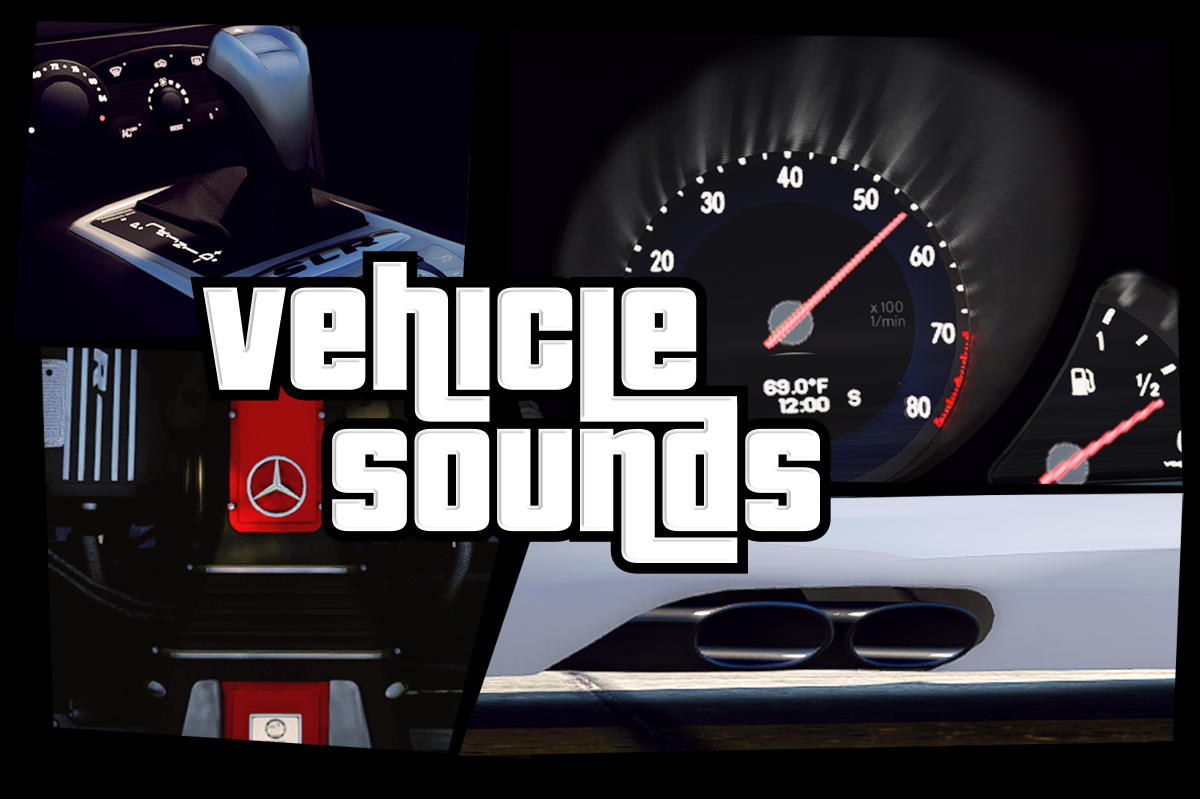

When coming into land it sounds like the engines are speeding up and slowing down all the time, why is this? The PTU does a self test during engine 2 start (the right hand one) so you might here it then as well. It is activated when there is a pressure difference of 500psi or greater, which could happen even when both engines are running. The PTU is there to help the left power the right or the right power the left. Each engine pressurises its own hydraulic system, but with only one engine running that leaves one system without a power source. To save fuel, when appropriate it is routine to taxi with just a single engine.

It is designed to ensure adequate hydraulic pressures during single-engine operations. On the Airbus 320 family and 330, this barking noise is the PTU, Power Transfer Unit, and not in fact a dog in the hold. What is that barking dog sound you sometimes hear on the ground?

The vibration is because of the turbulent airflow behind the spoiler that flutters the wings a bit. We use them if we need to increase our rate of descent or to slow down, for example if we had a tail wind. This happens when the speed brakes are deployed. When sat over the wing, I’ve heard a howling noise and vibration in the descent, what is this? In the cruise, generally we fly at a constant speed but sometimes ATC (air traffic control) ask us to speed up or slow down due to traffic ahead or behind in going the same way, so if it feels like we have slowed down, its just because we have! Also the thrust is brought back to idle in the decent, which you can feel and hear, so perfectly normal for the engines to go quieter! Why sometimes when you’re flying along does it feel like you’ve slowed down massively? As the thrust is brought back to climb setting, you might also feel a slight pitch down, this is so that the aircraft can accelerate and we can clean up the aircraft (retract the flaps). This happens 1000ft above the airfield - thrust reduction altitude. This slowing/spooling down noise you hear after take off is the pilot bringing the throttles back to the climb thrust setting. We take off using more thrust than we do in the climb. Shortly after take off it sounds like the engines are slowing down, why is this? The main gear wheels are braked automatically before the wheels enter the wheel bay however the nose gear wheels are stopped by the wheels contacting a rubbing strip (the brake band) when the gear is in the retracted position, but we mainly hear this in the cockpit! Which, depending on the age of the aircraft, can be quite noisy. Yes, after take off, the first action is to retract the landing gear. The grinding noise and vibration after take off, is that the wheels coming up? It sounds the same as the seatbelt signs because it is! We use the seat belt sign switch to notify the crew by switching it on and off. The next ding you hear is a signal for the cabin crew that it is safe to begin their duties. The first ding you hear signifies that the landing gear is up, at the same time you’ll see the emergency exit lights go off in the cabin.

After take off, the first action to happen in the cockpit is the command for the landing gear to be retracted. This familiar noise, is the ding you hear when the seatbelt signs go on and off. I am going to try and explain all the ones I can think of so that next time you fly, you won’t be worried as you’ll know exactly what they all are and that they are all perfectly normal! This can be rather disconcerting for the nervous flyer. All of which have corresponding noises and some of which you hear in the cabin. Aeroplanes are not quiet beasts, there are a million and one systems working, parts moving, and buttons being pressed.


 0 kommentar(er)
0 kommentar(er)
